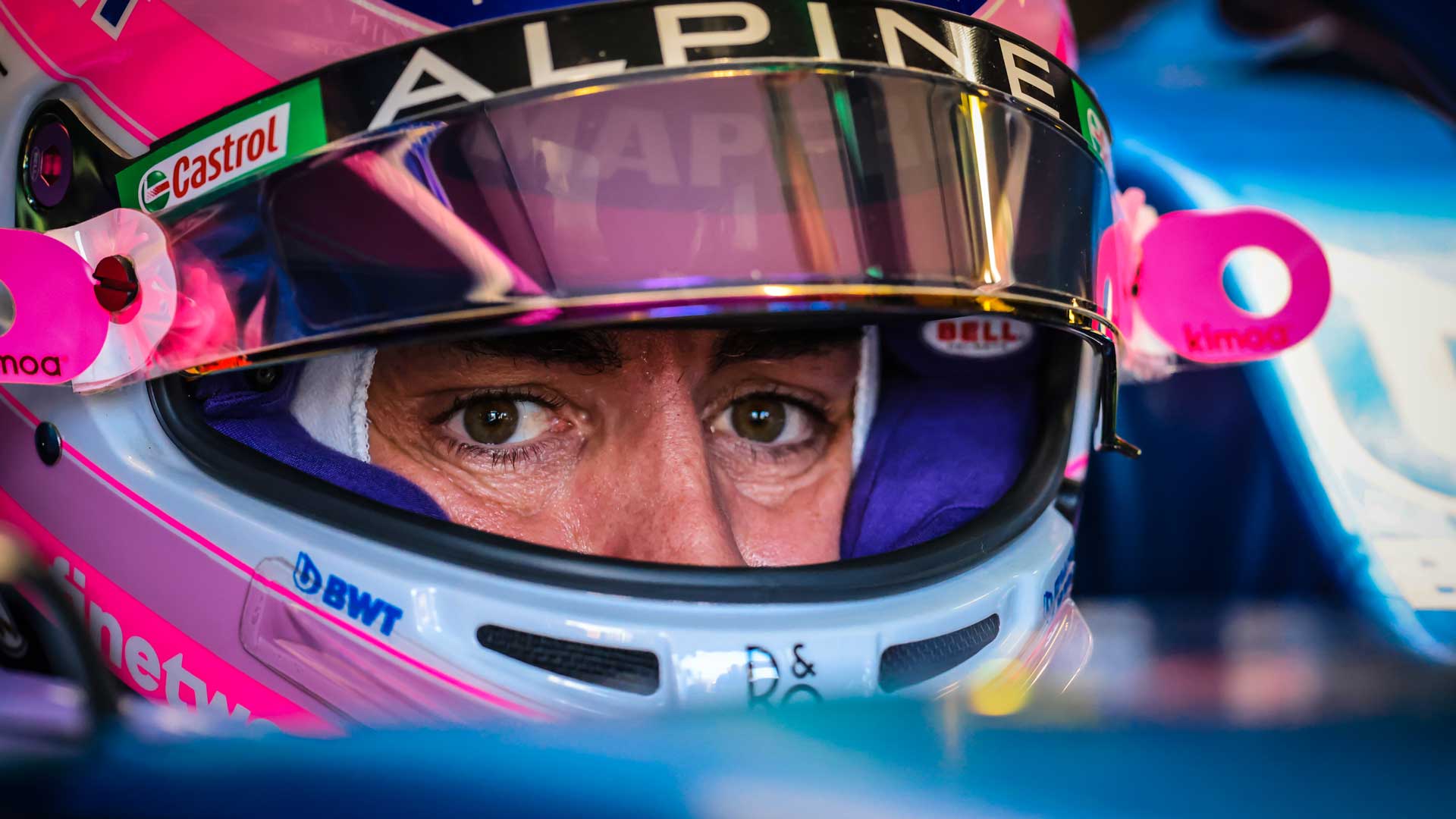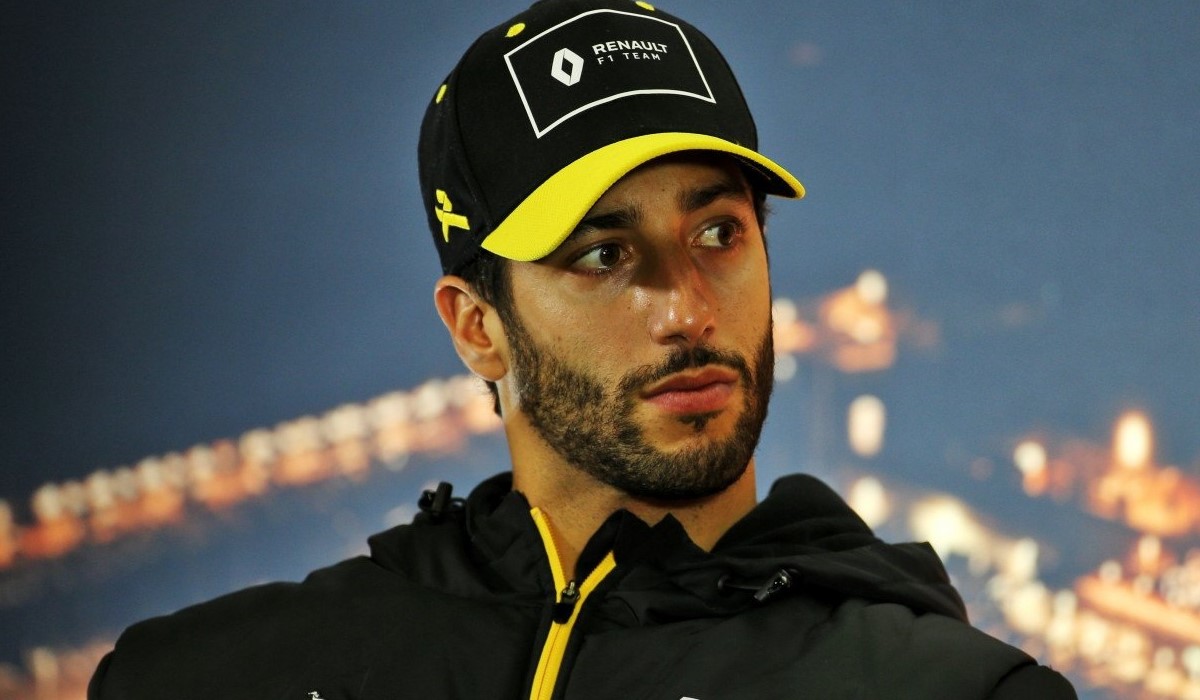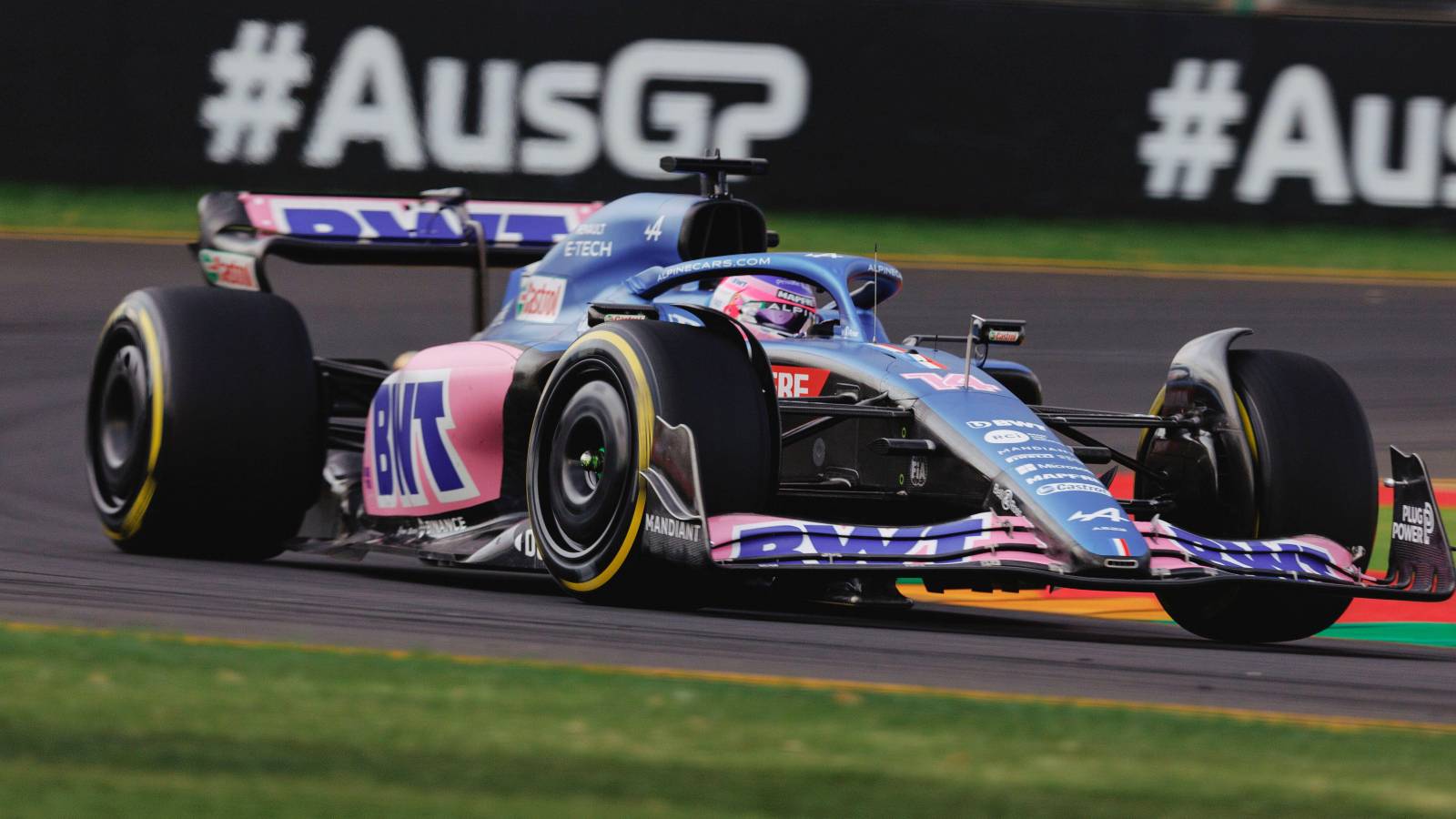
Fernando Alonso did not return to Formula 1 to finish 16th in the WDC. In the middle of 2020, when Alonso signed with the then-Renault team for 2021, the idea was to treat the first season as a preparatory one. This way, Alonso, who signed on a year-long deal with the option to extend for a further year, would be able to judge if he still had what it took, while his team prepared for a revolutionary year in 2022.
By all means, Alonso’s return centrally revolved around the unpredictability of the 2022 F1 regulations. When speaking to racefans.net in 2021, Alonso said, ‘There may be a revolution in 2022 and that’s what we will want in terms of fighting for the championship and other possibilities.”
One needn’t be the smartest to figure out that those other possibilities do not involve 2 points from 6 GPs and being right where the team was in the pecking order before the new rules came in. Surely though, Alonso would have factored in the tumultuous nature of the pecking order post a major rule change before signing on for 2022.
Media credits: theguardian.com
What’s gone wrong since Fernando Alonso ’s return?
As a driver, there is hardly so much one can control in terms of the way the car is designed and even if they could (assuming if they were capable enough to do so), the competitive order remains a mystery for everyone until the cars take to the track. It was, evidently, a gamble to return to winning ways.

Daniel Ricciardo was the first A-List F1 driver since Renault’s return to gamble on the Enstone team’s abilty to win titles. Media credits: MRandomnews.com
To be fair to Alonso though, it was probably the best gamble around at the time. Often, greater resources results in better performances (until a point) and Alonso’s logic to pick an OEM while returning is understandable.
If you consider the present landscape of the WCC at this stage, this wasn’t a bad decision at all. Alpine are currently 5th at the time of writing, with only one privateer team in Alfa Romeo in the Top 5. Alonso made the right call of returning with an OEM, but alas, it turned out to be the slowest one of the lot, much like what happened to Daniel Ricciardo in 2020.
Has it got anything to do with the driver?
Of course, all of this focus so far on Alpine getting the regulations wrong in 2022 very conveniently puts the spotlight away from Alonso’s own performances since returning. Undoubtedly, the pace, ferocity and consistency of the Alonso of old has hardly wavered, as proven through stellar performances last year at races like Qatar and Hungary.
Alonso (post-race radio): I agree on the five second penalty (for the incident with Gasly). I braked too late & was too optimistic. I understand the penalty, it was my mistake. The race was good. Our race pace was okay. Aggressive at the start.#F1 #MiamiGP #InsideF1
— Kunal Shah (@kunalashah) May 8, 2022
Alonso did end up beating his less experienced teammate Esteban Ocon by 7 points in the 2021 WDC, but Ocon was able to keep up, which speaks greater volumes about the Frenchman’s capabilities than that of Alonso slacking.
The tide has seemingly turned in 2022 towards Ocon though, both, in terms of points and driving performances. 6 races into the 2022 season and Esteban Ocon sits in P9 at a high of 24 points, while Alonso, whose year has been permeated by bad luck and unusually sloppy performances is currently P16 with 2 points.
Is the situation as bleak for Alpine and Fernando Alonso as it seems?
Indeed, the season is so far only 27% of the way in and ample opportunities lie for Alonso to overturn this deficit and defeat his teammate. Perhaps together, this internal rivalry can push Alpine higher to potentially even finish at the top of the midfield this year, but one thing remains clear, Alpine are miles away from winning races and fighting for titles on merit.
With Fernando Alonso currently in the last year of his contract and the car hardly being close to the Top 5 in each race, one has to wonder: ‘Will he carry on? Isn’t these results exactly why he left F1 in the first place?’

Yes, as with any major regulation change, the performance gap initially tends to be very wide, but soon narrows down dramatically as teams get an idea of what works and what doesn’t. Case in point: Ferrari in the early years of the V6 Turbo Hybrid regulations. After floundering in the midfield in 2014, Ferrari were back to winning ways in 2015. For all we know, Alpine could be the Ferrari of this new era of regulations.
Yet again though, Alonso would have to gamble on his team improving dramatically. Additionally, neither Alpine, nor Alonso have had the best track record of their gambles converting into major successes in the last decade and a half.
With his pace, fitness and desire to compete not wavering, even as he settles into his 40s, Fernando Alonso can still compete at the top level of any form of motorsport, given the right tools. The question is, will that still be Formula 1 or will the journey towards exploring the wide world of motorsport resume for the 2-time WDC?
——
Listen to the Inside Line F1 Podcast here: https://open.spotify.com/show/3P2RsaP89xP1xvG7twj8pd
Watch F1 race reviews, previews and special interviews with F1 personalities on Pits To Podium: https://www.youtube.com/c/PitsToPodium
Follow @f1statsguru for Formula 1 stats: https://twitter.com/f1statsguru
Follow @pitstopodium for Formula 1 data analysis and quizzes: https://www.instagram.com/pitstopodium/
